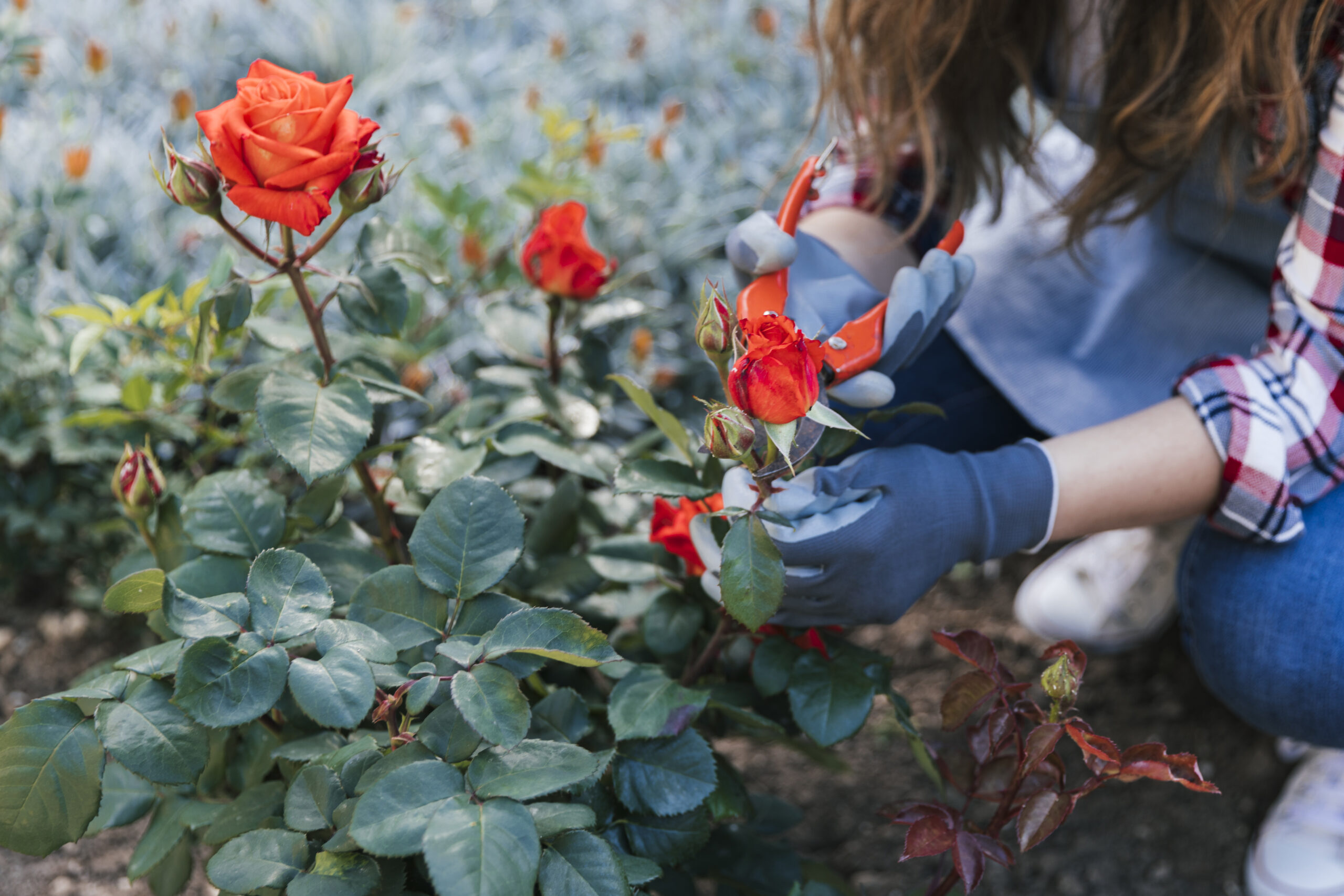- HUMOR
The 40 Very Best Dirty Jokes For Her


Knock Out roses are a popular choice for gardeners due to their vibrant blooms, disease resistance, and low maintenance needs. However, to keep these roses thriving and looking their best, regular pruning is essential. Whether you’re a beginner or an experienced gardener, understanding when and how to prune your Knock Out roses can significantly impact their health and appearance. This guide will provide you with practical advice and detailed insights into the optimal timing and techniques for pruning these beloved bushes.
The timing of pruning Knock Out roses is crucial to ensure the plants remain healthy and produce abundant blooms. Generally, the best time to prune these roses is in late winter or early spring, just as the plants are emerging from dormancy and before new growth begins. This timing allows the roses to heal quickly and prepare for the upcoming growing season.
For gardeners in colder climates, waiting until the risk of frost has passed is advisable, as pruning too early can expose the plants to potential frost damage. Conversely, in milder climates, pruning can be done earlier in the season. A good rule of thumb is to prune when you see the first signs of new growth, such as swelling buds or emerging leaves.
Recognizing the right time to cut back your Knock Out roses involves observing the plant’s growth cycle. Look for the following indicators that it’s time to prune:
Understanding the seasonal needs of your Knock Out roses can help you plan an effective care routine. In addition to pruning, consider the following seasonal care tips:
In spring, focus on pruning and fertilizing. This is the time to remove any dead or damaged wood and shape the plant for the upcoming season. Fertilize with a balanced rose fertilizer to promote healthy growth and abundant blooms.
During the summer, maintain your roses by deadheading spent blooms and monitoring for pests or diseases. Regular watering is essential, especially in hot, dry climates.
In fall, reduce watering as the plant prepares for dormancy. Avoid heavy pruning, but remove any diseased or damaged canes to prevent overwintering pests and diseases.
Winter is a time of rest for your roses. Apply a layer of mulch to protect the roots from extreme temperatures and reduce the risk of frost damage.
Pruning Knock Out roses involves a few simple techniques that can be easily mastered by both beginners and advanced gardeners. Here are some key methods to consider:
For those new to rose care, start by removing dead or damaged wood, cutting back to healthy tissue. Next, shape the bush by cutting back the canes to maintain a uniform size and encourage outward growth. Aim for an open center to improve air circulation, which helps prevent disease.
Experienced gardeners can employ more precise techniques such as selective thinning and heading cuts. Thinning involves removing entire canes to the base to reduce congestion, while heading cuts involve trimming back canes to a set of outward-facing buds to direct growth.
Having the right tools can make pruning your Knock Out roses easier and more effective. Here’s a list of essential tools and equipment needed:
Regular monitoring of your Knock Out roses will help you identify when they need pruning or other care. Look for these signs that your roses require attention:
Once you’ve completed your pruning, follow these post-pruning care tips to ensure your Knock Out roses thrive:
Many gardeners have misconceptions about pruning roses, which can lead to improper care. Here are some common myths debunked:
By understanding the right timing and techniques for pruning Knock Out roses, you can ensure that your plants remain healthy and beautiful throughout the growing season. With the right tools and a little practice, both beginner and advanced gardeners can master the art of rose pruning, leading to stunning results in the garden.